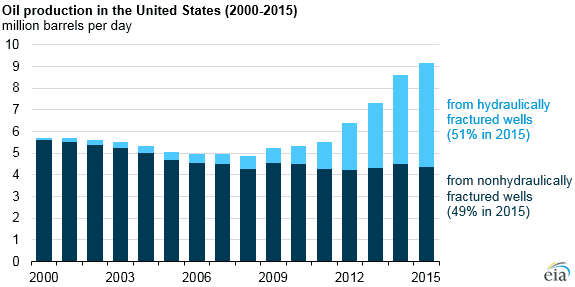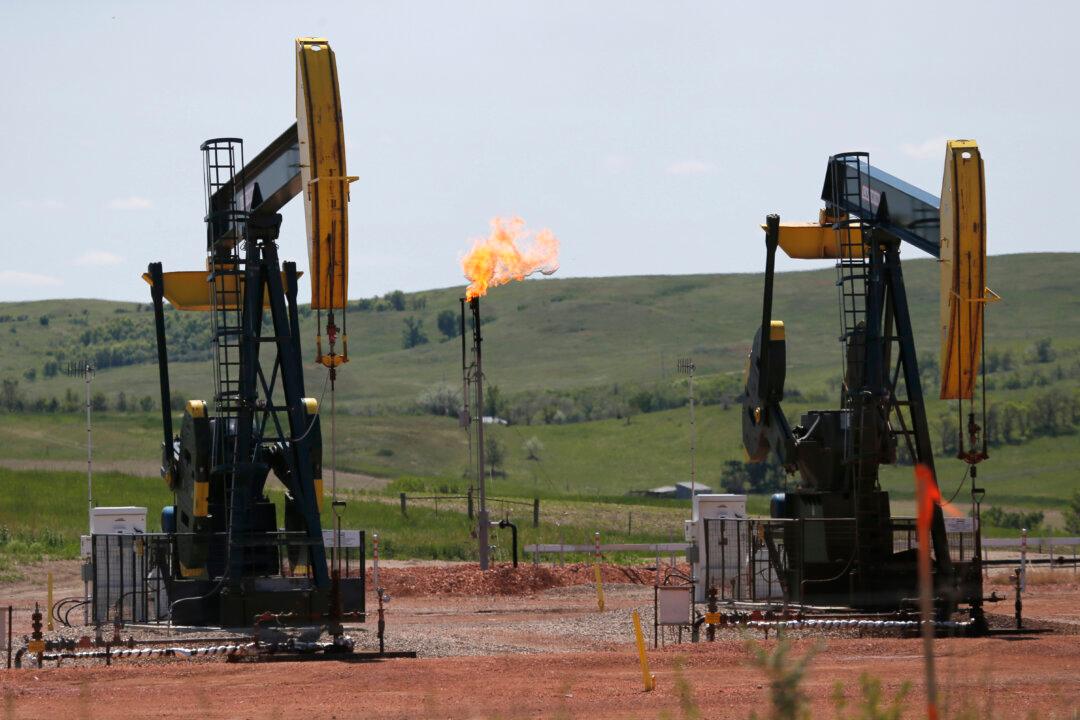President Barack Obama’s administration announced new regulations on May 12 forcing the oil and gas industry to reduce methane emissions.
Methane is a powerful greenhouse gas, but the administration’s timetable shows it won’t expand the regulations wide enough to have a real impact before Obama leaves office.
Methane is a greenhouse gas 25 times more potent than Co2, according to the Environmental Protection Agency (EPA).
It accounts for close to 11 percent of total U.S. greenhouse gas emissions and about third of it is released to the atmosphere by the oil and gas industry. The industry’s methane emissions have also jumped 15 percent in the past 5 years—at least partially due to the expansion of the fracking industry. Fracking accounts for about half of current U.S. crude oil production, according to a March 2016 post by the U.S. Energy Information Administration.






